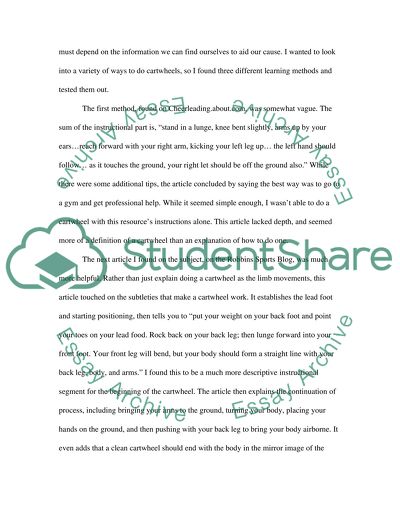Cite this document
(“Portfolio 2500 words Gymnastics-outdoor activities-Dance Essay”, n.d.)
Retrieved from https://studentshare.org/environmental-studies/1415256-portfolio
Retrieved from https://studentshare.org/environmental-studies/1415256-portfolio
(Portfolio 2500 Words Gymnastics-Outdoor Activities-Dance Essay)
https://studentshare.org/environmental-studies/1415256-portfolio.
https://studentshare.org/environmental-studies/1415256-portfolio.
“Portfolio 2500 Words Gymnastics-Outdoor Activities-Dance Essay”, n.d. https://studentshare.org/environmental-studies/1415256-portfolio.


